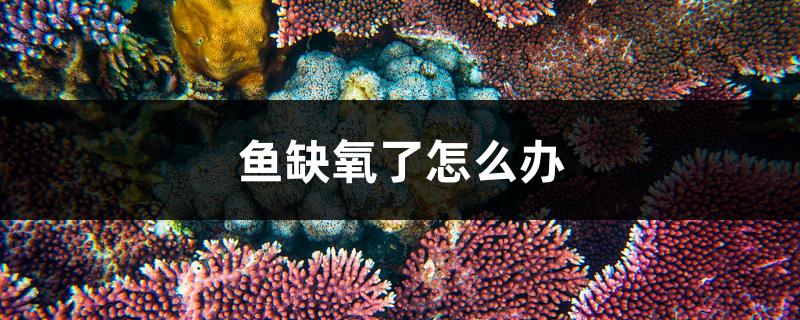
1. Check the water quality: First, check the water quality of the fish tank. Water quality problem is one of the main causes of fish hypoxia. Use water quality testing tools to detect the content of ammonia nitrogen, nitrite and nitrate in water. If the concentration of these chemicals is too high, they may consume oxygen in water, causing fish to lack oxygen. If the water quality problem is serious, it is necessary to take corresponding measures, such as water quality regulation, increasing water circulation or proper partial water replacement, to increase the oxygen content in the water.
2. Increase water flow and oxygen supply: Improve the oxygen content in the fish tank by increasing water flow and oxygen supply. Air pumps or gas rocks driven by air pumps can be used to increase oxygen dispersion. In addition, the oxygen content of water body can be increased by increasing water flow or using water pump. This can increase the gas-liquid exchange on the water surface, increase the solubility of oxygen and improve the oxygen supply in the water.
3. Clean fish tank and filtration system: Clean fish tank and filtration system regularly to remove organic matter such as waste, residual feed and humus. These organic compounds will decompose to produce waste gas and consume oxygen in water. By regularly cleaning and maintaining fish tanks and filtration systems, oxygen consumption can be reduced and water quality can be kept clean.
4. Control fish population: Too many fish in limited space will increase oxygen demand, resulting in insufficient oxygen supply in fish tanks. Reasonably control the number of fish to ensure that the fish in the fish tank are not too dense, so as to reduce the risk of oxygen consumption and hypoxia.
5. Check the tank layout: The tank layout also affects the oxygen supply. Ensure that there is enough surface area in the fish tank for gas exchange, so as to avoid excessive decoration and plants, which hinder oxygen from entering the water body.
6. Handle the discomfort symptoms of fish in time: If the symptoms of hypoxia such as shortness of breath, abnormal buoyancy and surface inhalation are observed, measures should be taken as soon as possible. The water surface of the fish tank can be gently stirred to increase gas-liquid exchange; Or transfer the fish to a better oxygen supply environment, such as a spare fish tank or a temporary container.